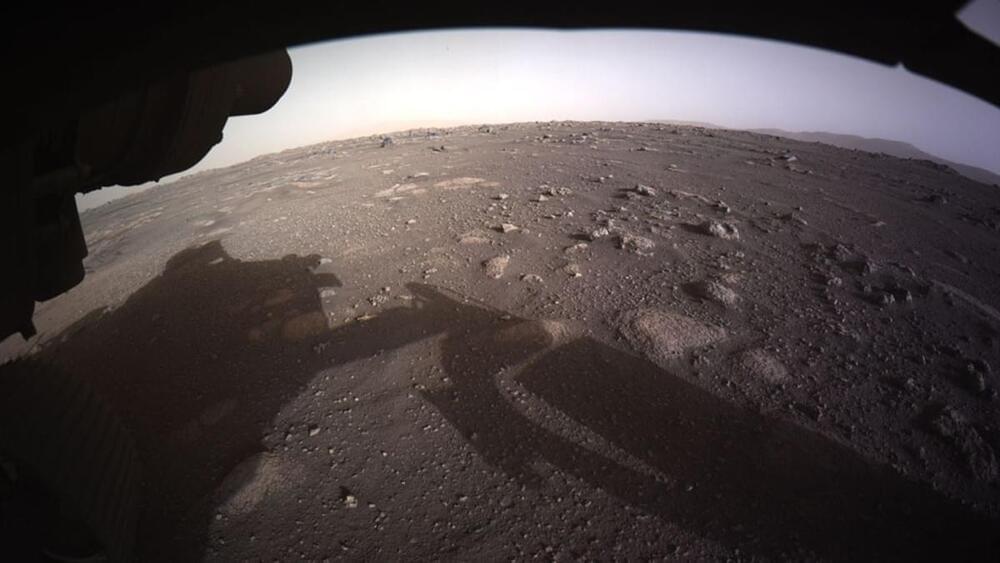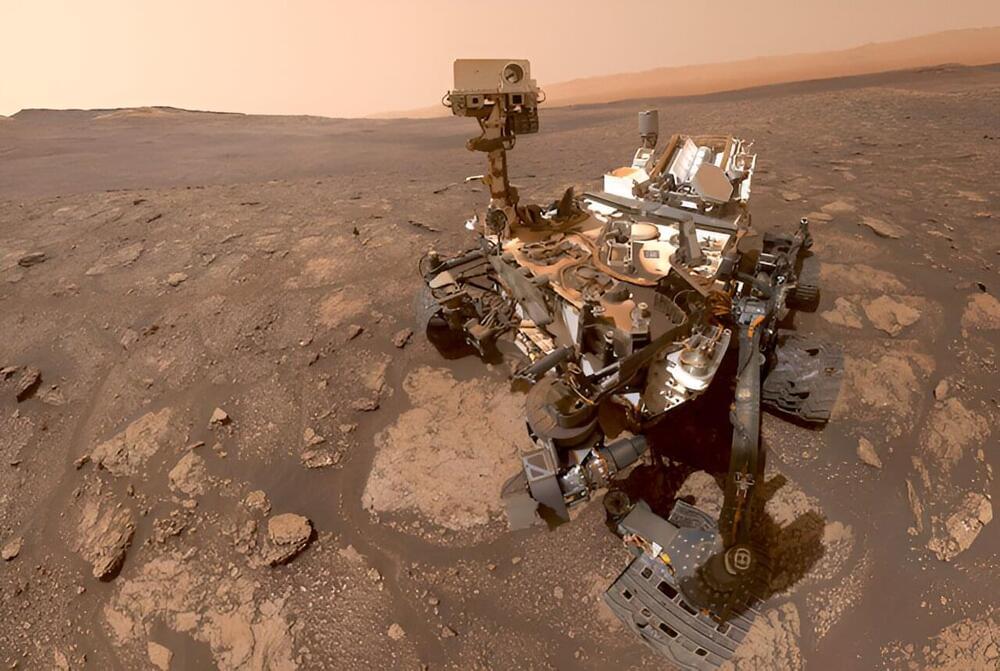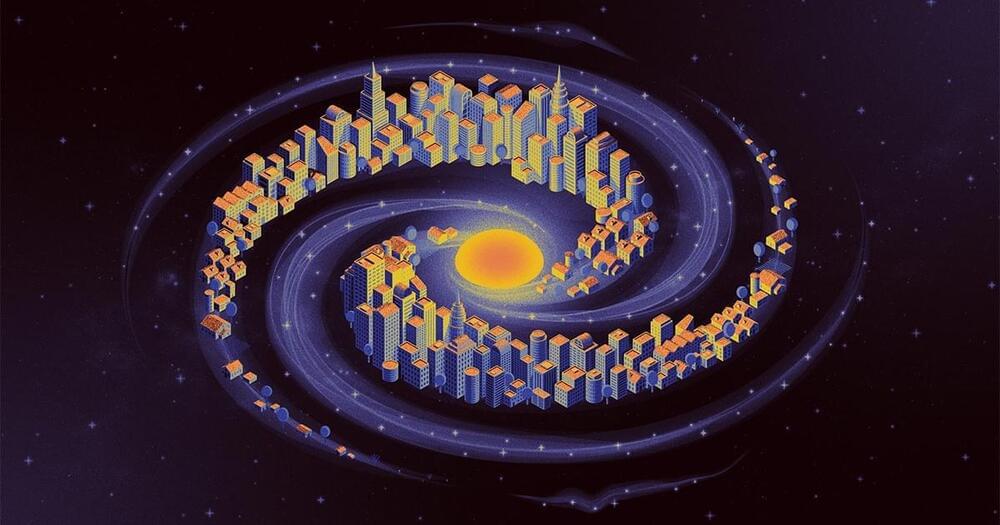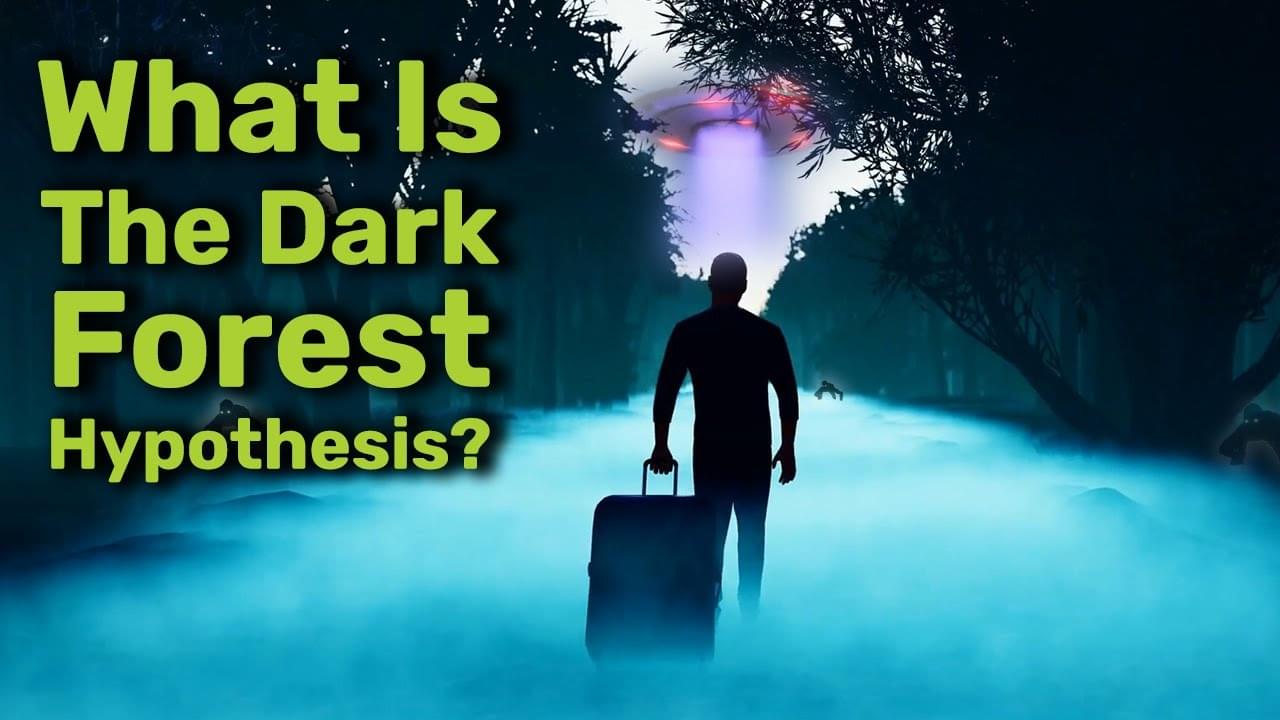
In 1,827, botanist Robert Brown studied pollen particles’ motion as they were suspended in water. These little grains seemed to jitter around randomly. Brown performed as variety of tests on them and realized that all small particles, not just pollen, exhibited the same motion when suspended in water. Something other than the presence of life was causing these little particles to move around. Mathematicians took note and quickly developed a theory describing this process and named it Brownian Motion in his honor.
This theory has expanded well beyond its original context and become a beautiful subfield of mathematics called Stochastic Processes. Nowhere was this influence illustrated better than in 1905 when Albert Einstein used the theory of Brownian Motion to verify the existence of atoms. The makeup of our universe’s tiniest particles was highly debated at the time, and Einstein’s work helped solidify atomic theory.
Wow, that’s quite the leap! In order to understand how we got from pollen grains to confirming atomic theory, we’re going to have to learn some background about Brownian Motion. In this article, I’ll spend some time talking about the basics. This includes some cool videos that demonstrate the patterns of Brownian Motion and the statistics going on behind the scenes. We’ll then dive into Einstein’s version which came as one of his extremely influential series of papers in 1905. There’s a lot of ground to cover, so let’s get started!


















